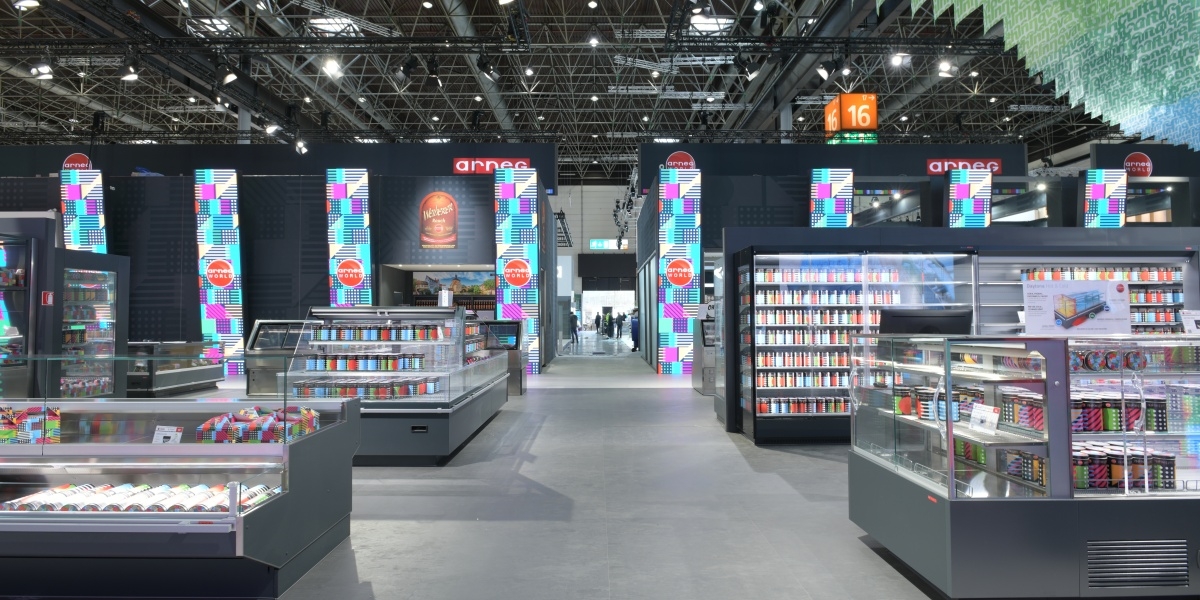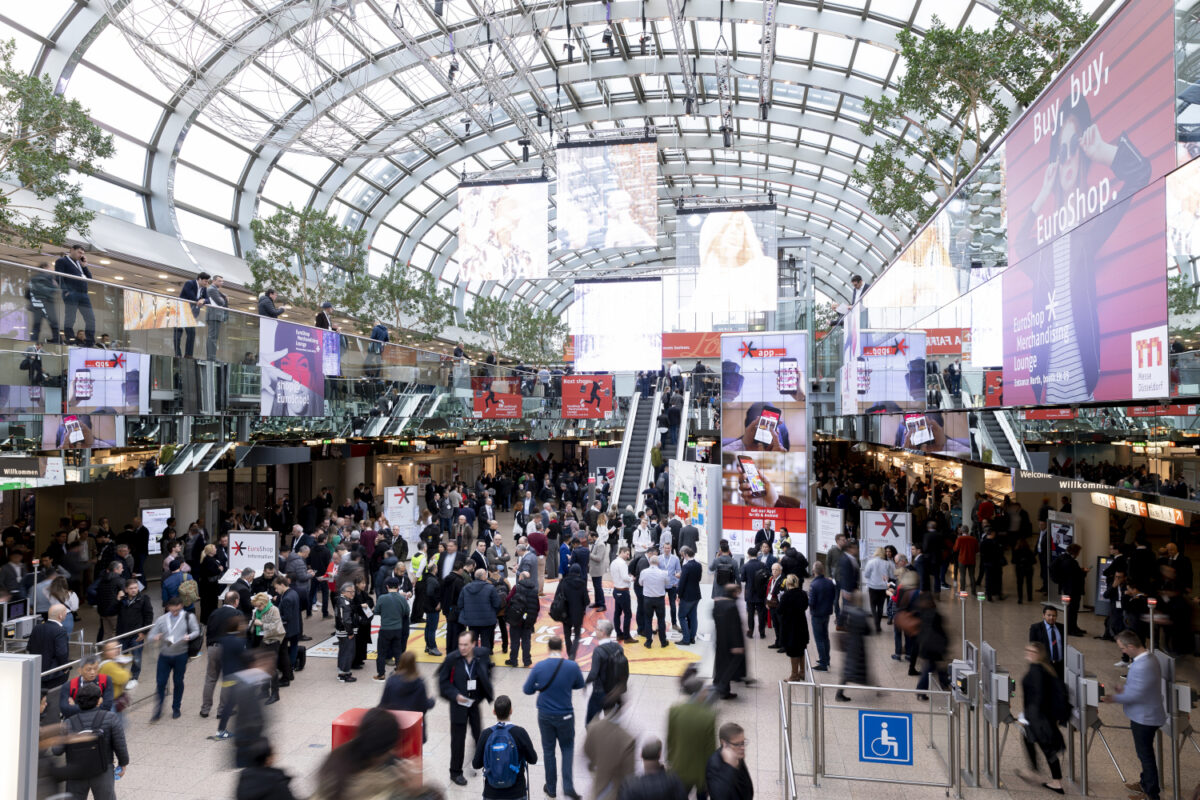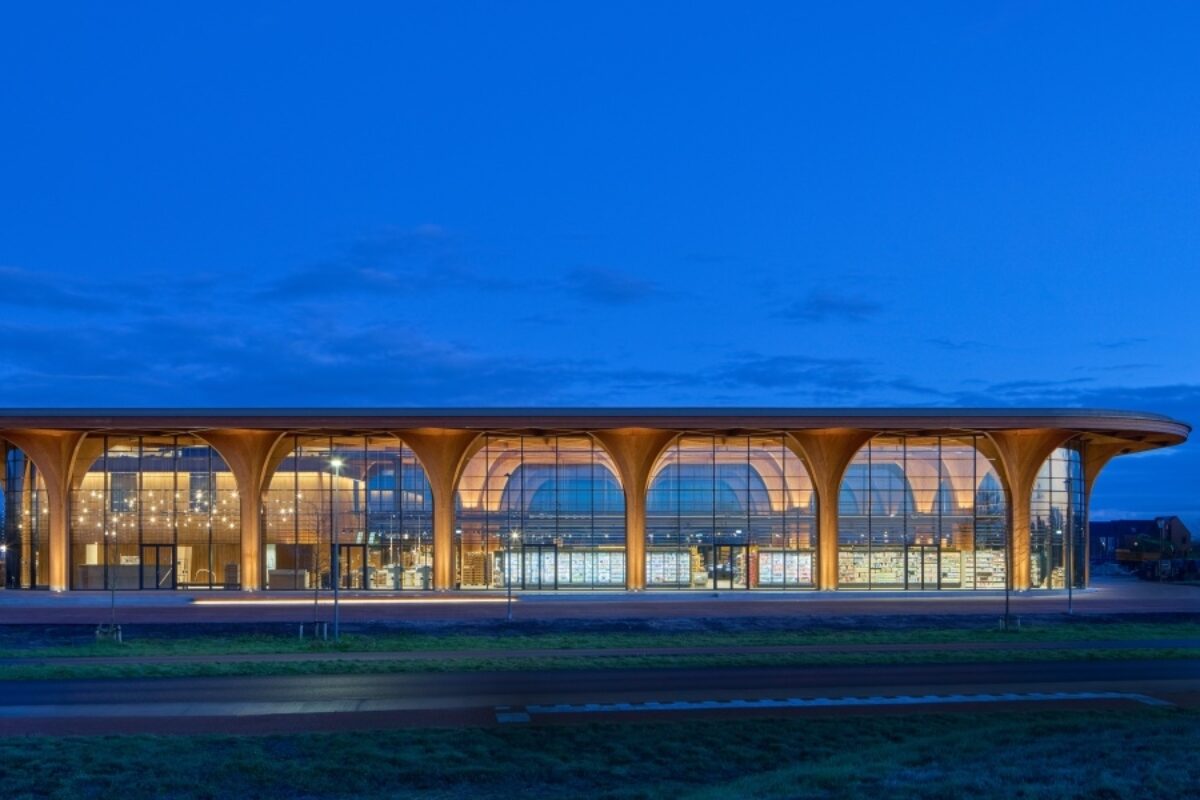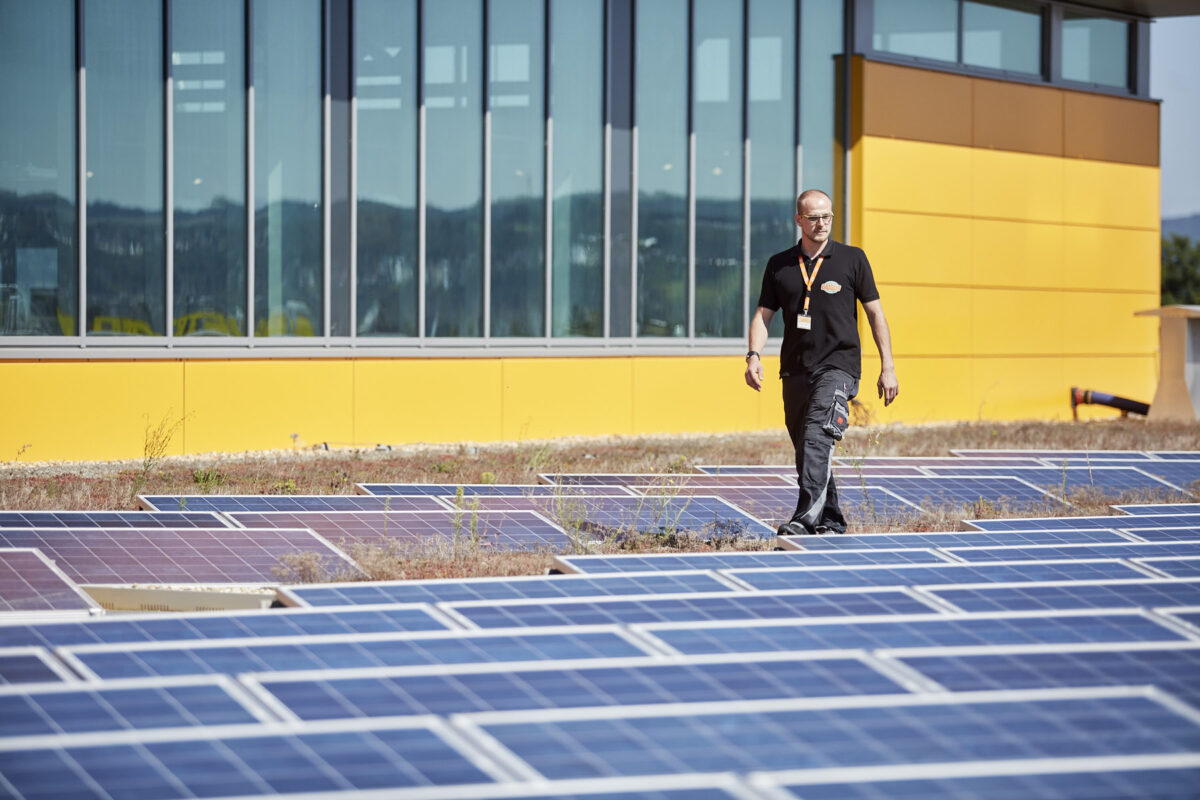Lighting, cooling, heating, and ventilation – potential energy cost savings
by Julia Pott (exclusively for EuroShop.mag)
Retail store energy management is an ongoing optimization process. Cost savings opportunities are especially great when facilities reduce energy consumption for refrigeration, lighting, heating, ventilation, and air conditioning (HVAC). This was one of the findings of the EHI Retail Institute study titled ‘Energiemanagement im Einzelhandel 2020’ (Energy Management in Retail 2020).
Gaining insights through monitoring
Energy monitoring systems have resulted in more transparency over the past few years. They can identify areas with significant energy usage and trigger measures that promote energy efficiency. Professional energy monitoring has shown that energy usage tracking can identify substantial cost savings in retail stores.
According to the latest EHI study, smart heating, ventilation, and air conditioning systems generate about 30 percent of energy savings in grocery stores. Energy savings are greatest in areas responsible for high power consumption. This makes the monitoring and automated management of cooling systems especially relevant in the grocery sector.
What measures are retailers taking?
The EHI study ‘Energy Management in Retail 2020’ asked food retailers about the measures they take to reduce power consumption and save energy in their existing buildings. Seventy-six percent of respondents invest in energy-efficient technologies to decrease energy costs and consumption in heating, ventilation, and air conditioning, while 59 percent invest in regenerative systems to reduce the power supply from the electricity grid.
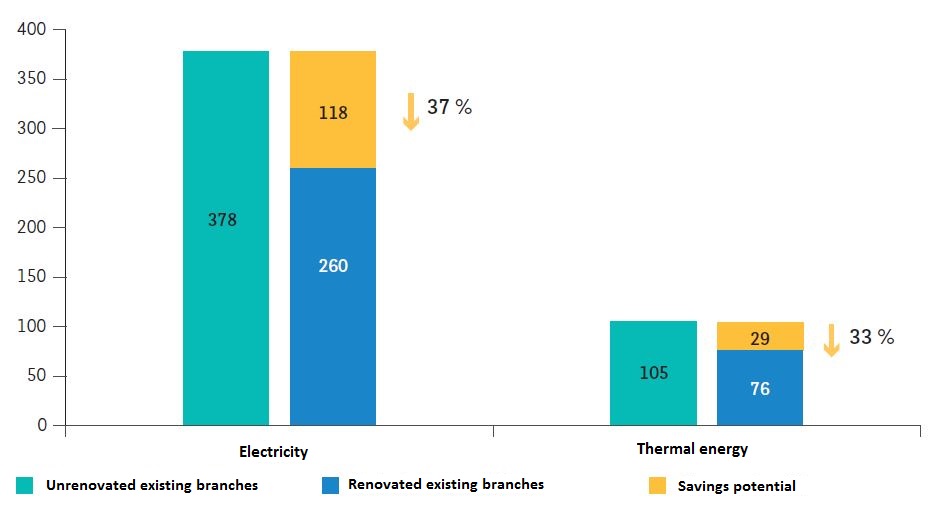
Energy-saving potential in existing buildings // © EHI (Translation Julia Pott for EuroShop.mag)
To decrease the heating and cooling demands and thus energy costs, all respondents invest in heat recovery ventilation systems. Many also rely on smart energy management systems to control store heating, while some also invest in efficient building envelopes or regenerative heat exchangers and heat storage systems.
Energy efficiency and resulting cost savings in existing buildings are limited by various aspects such as responsibilities, location, basic building structure and energy systems engineering. Meanwhile, new construction projects offer a variety of energy optimization opportunities. High thermal insulation standards and thermal component activation can create optimized conditions for energy-efficient retail management right from the start.
Lighting offers great future energy savings potential
Lighting still offers energy savings opportunities, especially when retailers switch to LED technology. In the food retail sector alone, 38 percent of the remaining potential for energy savings is attributed to lighting. Retailers primarily see untapped potential in their existing, yet unrenovated buildings and in smart lighting control solutions.
Individual stores of large retail companies are subject to remodeling cycles. It is therefore rare that new lighting systems are installed in all stores at the same time. The time discrepancy pertaining to renovations in large retail companies is the main reason for the energy savings potential of lighting.
In contrast, energy cost savings across the entire industry sector due to smart management systems are somewhat difficult to quantify. However, many applications strongly suggest the chance to save energy and cut retail expenses.
In non-food retail, lighting accounts for nearly 60 percent of electricity consumption, making it another area with untapped potential for energy efficiency and savings. Having said that, investments in modern lighting control systems don’t make sense across the board. It heavily depends on the relevance of specific functions and the respective cost-benefit analysis.
Benefits of smart lighting and building control technology
Reduced energy use is not the only benefit of smart lighting management systems. Aside from energy-efficient daylight harvesting sensors and gradual light intensity as the day progresses, there are a world of possibilities that modern lighting systems offer. Retailers can program sophisticated lighting scenarios, while lamps or light fixtures use wireless communication technology to respond to situations. Functions can range from indoor positioning systems to alarm features. However, this should be based on respective needs and requirements and thus requires an investment that is not solely centered on saving energy.
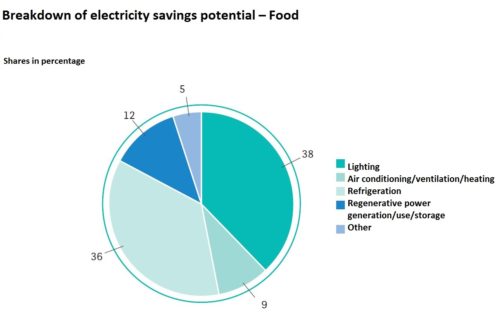
© EHI (Translation Julia Pott for EuroShop.mag)
The use of artificial intelligence and self-learning building management systems will also prompt efficiency improvements in the future. At this stage, several systems already integrate a variety of factors – including updated weather data, number of people inside the building, etc. – to continuously optimize and improve building energy performance strategies.
High levels of transparency, communication, and collaboration are required to unlock the potential of these systems. The technologies must be able to communicate with each other, necessitating vendor-independent interface management.
Besides cross-vendor collaboration, data protection and information privacy are also important aspects to consider. You need better systems to protect sensitive information as more data is consolidated, analyzed, and accessed on online platforms.
Investments in energy efficiency measures and technologies are worthwhile but must still be carefully considered. The EHI study asserts that capital-intensive investments in cooling, HVAC systems or renewable electricity generation do not pay off as quickly as investments in LED technology.










